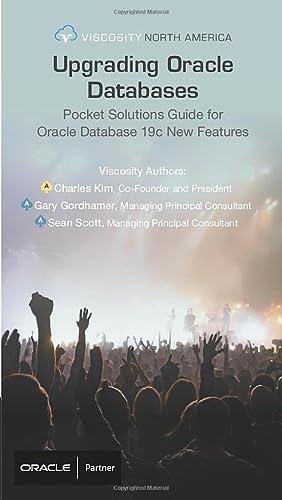Question
Java How To Program (Early Objects)(10th Edition) Chapter 10 Exercise 10.15 ( Accounts Payable System Modification ) In this exercise, we modify the accounts payable
Java How To Program (Early Objects)(10th Edition) Chapter 10
Exercise 10.15(Accounts Payable System Modification) In this exercise, we modify the accounts payable application of Figs. 10.1110.15 to include the complete functionality of the payroll application of Figs. 10.410.9. The application should still process two Invoice objects, but now should process one object of each of the four Employee subclasses. If the object currently being processed is aBasePlusCommissionEmployee, the application should increase the BasePlusCommissionEmployees base salary by 10%. Finally, the application should output the payment amount for each object. Complete the following steps to create the new application:
a) Modify classes HourlyEmployee (Fig. 10.6) and CommissionEmployee (Fig. 10.7) to place them in the Payable hierarchy as subclasses of the version of Employee (Fig. 10.13) that implements Payable. [Hint: Change the name of method earnings togetPaymentAmount in each subclass so that the class satisfies its inherited contract with interface Payable.]
b) Modify class BasePlusCommissionEmployee (Fig. 10.8) such that it extends the version of class CommissionEmployeecreated in part (a).
c) Modify PayableInterfaceTest (Fig. 10.15) to polymorphically process two Invoices, one SalariedEmployee, oneHourlyEmployee, one CommissionEmployee and one BasePlusCommissioEmployee. First output a String representation of each Payable object. Next, if an object is a BasePlusCommissionEmployee, increase its base salary by 10%. Finally, output the payment amount for each Payable object.
I've made several attempts to insert all of the images of the mentioned figures that you need in order to provide a solution for my question, all taken with my Android phone, but unfortunately the system wont let me insert them all, I sincerely appologize for the inconvenience. So heres a link to a PDF version of Java How To Program (Early Objects)(10th Edition), which has chapter 10 which has the figures you need for this question. You'll have to have to copy and paste into the search bar. It's all I have since I can't attach all of the images of the required figures and I really hope the link will help provide a solution I so badly need.
https://doc.lagout.org/programmation/Java/Java_%20How%20to%20Program_%20Early%20Objects%20%2810th%20ed.%29%20%5BDeitel%20%26%20Deitel%202014-03-06%5D.pdf
IIMPORTANT NOTE!!: Please add detailed, but brief comments to most, if not all of the code to explain what is being used in the code and what is does so I have a better understanding of the code. Also I've tried previously already posted answers to this question but they had errors and I couldn't figure out why. Again, I badly need help with this, thank you.
Step by Step Solution
There are 3 Steps involved in it
Step: 1

Get Instant Access to Expert-Tailored Solutions
See step-by-step solutions with expert insights and AI powered tools for academic success
Step: 2

Step: 3

Ace Your Homework with AI
Get the answers you need in no time with our AI-driven, step-by-step assistance
Get Started


